Lake Mead, the American Southwest, and water: an interview with Tim Barnett
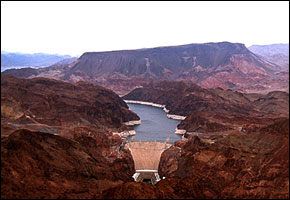 In an interview with Circle of Blue, Tim Barnett discuses the falling levels in Lake Mead and the potential impact it could have on the American Southwest. Reviewing the reservoir’s state and outlook, he highlights the potential economic, environmental, and social impacts of declining water levels. Barnett is a research marine geophysicist in the Climate Research Division of Scripps Institution of Oceanography, University of California, San Diego.
In an interview with Circle of Blue, Tim Barnett discuses the falling levels in Lake Mead and the potential impact it could have on the American Southwest. Reviewing the reservoir’s state and outlook, he highlights the potential economic, environmental, and social impacts of declining water levels. Barnett is a research marine geophysicist in the Climate Research Division of Scripps Institution of Oceanography, University of California, San Diego.
What factors are causing Lake Mead’s levels to drop?
There are three things right now. The first and probably the most important volume-wise is that they’re over-drafting the system by a million acre feet a year and their plan through 2026 calls for them to continue to do that and increase it a little bit (one acre foot = 325,851.4 U.S. gallons or 1,233.5 kL). They’re taking 10 million acre feet out from Lake Mead and putting roughly nine in.
The second thing is that the last 100 years were probably one of the wettest epics for the Southwest in the last 1200 years — the whole Southwest development in water use has been predicated on a false assumption. The Colorado Compact was made at a time of maximum flow, and they thought it was natural. I think mother nature is going to be ratcheting down the water that naturally comes into the basin.
The third thing is, of course, climate change. Basically all of the computer models predict a reduction of ten to thirty percent of the runoff into the Colorado. That might not be so awfully bad, but you’ve got a river now, that today is stretched totally thin and all the water is used; there is no excess water, so along comes climate change and knocks it down by a million and a half, to four and a half million acre feet a year, and you’ve got a problem.
What needs to happen to stop falling levels in Lake Mead?
Of course a simple thing to do is don’t deliver as much water from the lake, keep more water in the river. Since 75 percent of that water goes to agriculture, the farmers are going to be the ones that take the hit.
If it’s business as usual, then business as usual means continuing to overdraft, continuing to make full deliveries for consumptive use.
How has climate change impacted the amount of water coming off of the mountains and into the reservoir?
This year was an exceptionally good year with very heavy snowpack, but just before we published this paper, we had another one about the changes in the hydrological cycle. It means less snow, even though precipitation stays the same and earlier runoff and warmer temperatures in the winter and the spring and all that.
California and the Columbia Basin are screwed because they don’t have enough storage capacity to hold an annual cycle of water. I think California can hold 21 percent, and Columbia 30 or 40 percent. Colorado on the other hand can store 400 percent of its annual cycle. So as long as that water gets off the mountain even if its rain or snow and down into the river, then they’re doing okay.
What are the anticipated economic impacts if the levels in the reservoir continue to drop?
It’s going to be a mess, I think it will hit the farmers. They’ll try to get some of the water from them; of course, that’s already started with San Diego. There will be reduction in power generated by the dams — who gets it and how much I’m not sure. There’s a lot of power generated now that they won’t be able to generate.
With regard to water, it’s going to be a real cat fight because everybody has different water rights. For instance, the Metropolitan Water District has fourth water right off of the Colorado good for 550,000 acre feet of water, they also have fifth water right for 500,000; the problem is that that fifth water right was used to get all of “unused water.” There isn’t any unused water anymore. If you noticed this year, there are a number of avocado orchards that were cut down. They didn’t have the water to run them.
What I worry about is that we’re going to get into a tremendous litigation exercise that will drag through the courts for years to decades. All the time that’s going on, we’re getting less and less water.
I think one of the things that is not appreciated is that you can’t just find the solution for this problem now. The example here is the Colorado River compact of 1922; it solved the problem. Now there is more demand and not as much water as there used to be, so the problem comes back again, and what climate change is going to do is make it even worse. You’re getting less and less water over the decades, so it’s going to be a continuing, festering thing that will get worse. It’s going to exacerbate if we keep building cities in the desert: Tucson, Palm Springs, and Las Vegas. Crazy. That’s desert, it never meant to have cities, and they all have one water supply, only one, the Colorado.
How will a crunch in water resource impact development in the Southwest over the coming years?
The whole picture is not pretty, and I don’t think that anyone has looked at the whole subject from the point of view of what’s sustainable. How much water does it take for the Southwest to be sustainable in its current configuration, or in the configuration you might have twenty years from now when there might be thirty million more people in the Southwest, or some crazy number like that? We don’t have anybody thinking ahead into the long range and the big picture that would put the clamps on big development, or say we’re going to stop subsidizing growers in the Central Valley. Subsidized water, growing subsidized crops on sub-standard land; do we really need that?
I think we need to look at all of our sources and figure out who has dibs on what and figure out what kind of a civilization we can sustain given that climate is changing and water resources are going to become more scarce.
Interview by Aaron Jaffe for Circle of Blue, June 25, 2008
Circle of Blue provides relevant, reliable, and actionable on-the-ground information about the world’s resource crises.

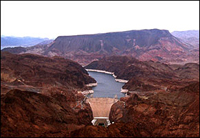

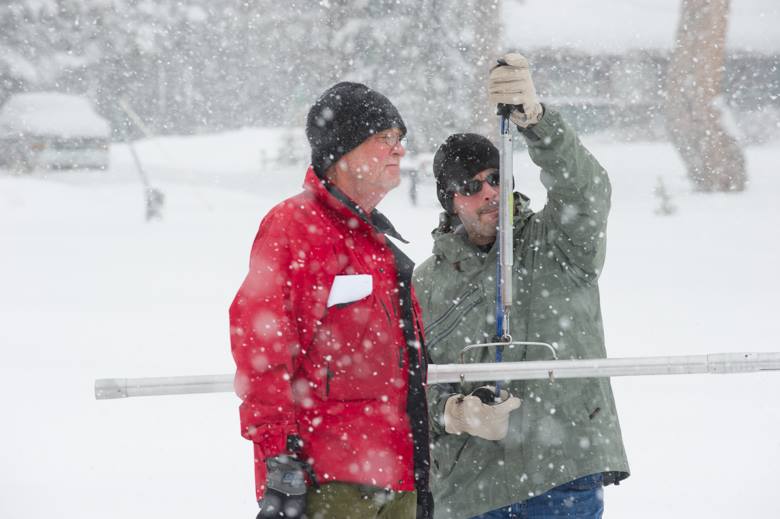
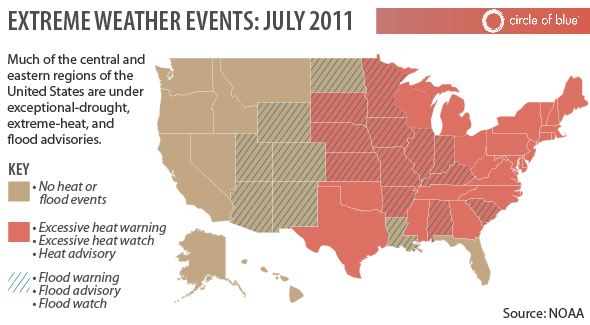



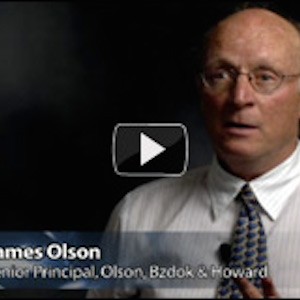
Comments are closed.